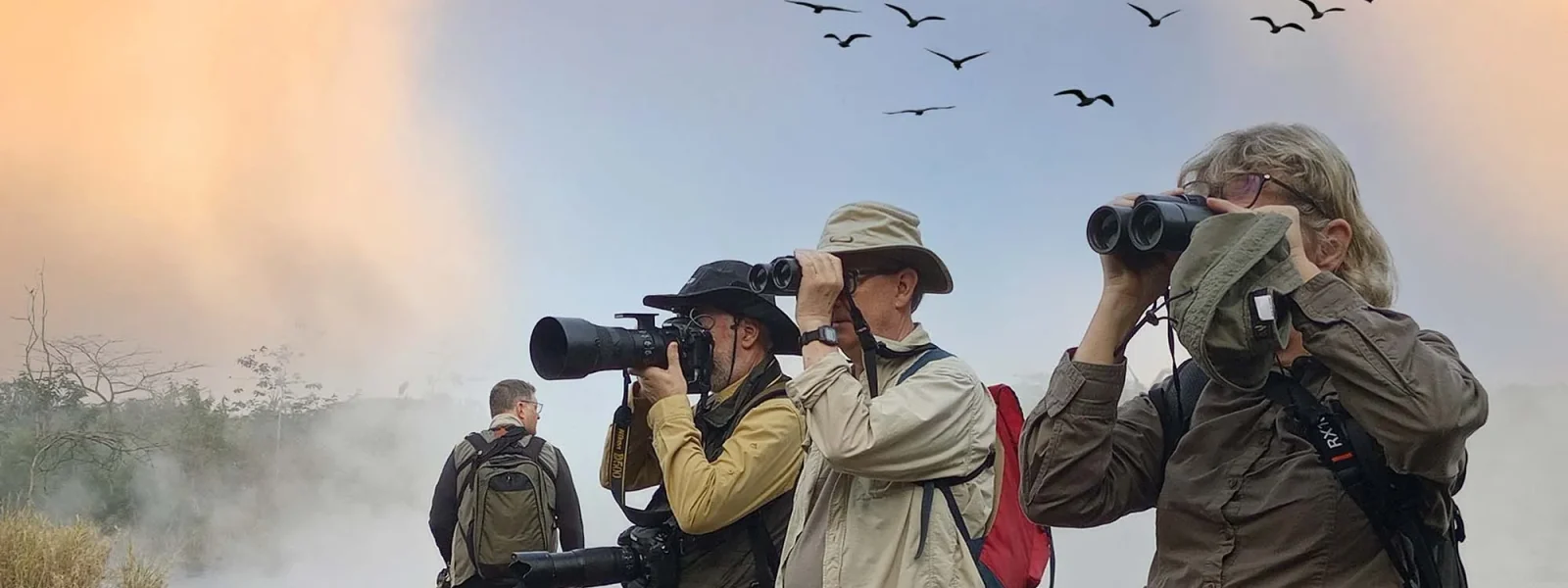Introduction
A safari in Murchison Falls National Park, Uganda’s largest and oldest protected area, offers a truly cinematic experience — majestic lions basking under acacia trees, giraffes striding gracefully through golden grasslands, elephants bathing along the Nile, and birds soaring over verdant wetlands.
For photography enthusiasts, it’s a once-in-a-lifetime opportunity to capture raw, untamed beauty. But wildlife photography in Africa isn’t just about owning a camera — it’s about timing, technique, and understanding your subject in their natural rhythm.
This guide will give you the top 5 wildlife photography tips specifically tailored for Murchison Falls safaris — helping you go beyond snapshots to create frame-worthy images.
Wildlife Viewing in Murchison Falls
National Geographic Wildlife Photography Guide
1. Understand Animal Behavior and Patterns
The key to getting that perfect shot lies in anticipation. Murchison Falls is home to a vast array of mammals, reptiles, and over 450 bird species — each with their own behavior patterns.
Why This Matters:
- Lions are more active early in the morning or late in the evening.
- Elephants and buffaloes often come to drink at the Nile around midday.
- Birds like bee-eaters and kingfishers have the most action during golden hours.
- Giraffes often pause and look directly at you — a gift for portrait shots.
By understanding when and where animals are likely to appear, you’ll be prepared to frame your shot rather than scramble after it.
Best Time for Wildlife Safaris
2. Use the Right Camera Gear for the Safari Environment
Recommended Gear:
- Camera Body: DSLR or mirrorless with fast autofocus (e.g., Canon R-series, Nikon Z-series, Sony Alpha)
- Lenses:
- Telephoto (100-400mm or 70-200mm) for close-up wildlife
- Wide-angle (24-70mm) for landscapes and habitat shots
- Accessories:
- Lens hood (to reduce flare)
- Bean bag for vehicle window stabilization
- Extra batteries and memory cards
- Polarizing filter (to cut glare over water or sky)
Don’t rely on your phone camera alone. While newer models are impressive, they can’t replace the sharpness and depth control of a long lens, especially when capturing wildlife at a distance.
Best Safari Camera Gear – DPReview
3. Light is Everything — Use It to Your Advantage
Lighting is what turns a good photo into a breathtaking masterpiece. In Murchison Falls, the lighting changes dramatically throughout the day — and so should your shooting strategy.
Tips for Mastering Natural Light:
- Golden Hour (6:00–7:30 AM / 5:30–6:30 PM): Soft, warm light; great for capturing detail and drama.
- Midday: Harsh shadows — use this time for shaded areas (e.g., elephants under trees, riverside birds).
- Backlighting: Shoot towards the sun to capture glowing silhouettes of giraffes or hippos emerging from water.
- Overcast Days: Excellent for even skin tones and subtle shadows — don’t pack your camera away!
Murchison Falls Safari Schedule
4. Composition: Tell a Story Through Your Frame
Your photo should do more than document — it should tell a story.
Composition Tips:
- Rule of Thirds: Place your subject slightly off-center for more dynamic photos.
- Use Leading Lines: Tracks, rivers, and tree shadows naturally guide the viewer’s eyes.
- Include the Environment: Don’t zoom in too much; include landscape elements to convey scale.
- Leave Space in Front of Movement: If an animal is walking or running, leave space in front of them within the frame to suggest motion.
Consider the emotion and narrative in every scene — a lion cub playing, a shoebill standing stoically, a hippo yawning in golden light.
Photo Tips for African Safaris
Composition for Wildlife Photography – PetaPixel
5. Practice Patience — and Be Ready
In wildlife photography, sometimes nothing happens for an hour, and then everything happens in five seconds. If you’re not ready — you miss it.
How to Prepare for the Moment:
- Always keep your camera powered on with lens cap off.
- Use burst mode to capture split-second animal movements.
- Pre-focus on likely paths or subjects when animals are approaching.
- Avoid constant chimping (reviewing your shots) — it distracts you from the action.
Also, remember to respect the animals’ space. Ethical photography means not forcing a moment, disturbing wildlife, or pressuring your guide to “get closer.”
Ethical Wildlife Tourism in Uganda
Bonus Tips:
- Bring a rain cover for gear — weather near the Nile can be unpredictable.
- Photograph people too: Guides, rangers, and local communities add depth and humanity to your photo story.
- Document the small things: insects, textures, tracks, and vegetation — they add diversity to your portfolio.
Best Locations for Photography in Murchison Falls
| Location | Highlights |
|---|---|
| Delta Area | Shoebills, elephants, hippos, birds |
| Pakuba Track | Lions, giraffes, leopards |
| Boat Cruise to the Falls | Waterfalls, crocs, waterbirds |
| Buligi Game Tracks | Expansive savannah views |
| Top of the Falls Hike | Landscapes, long exposures of falls |
Top Safari Locations in Murchison Falls
Conclusion
Capturing the magic of Murchison Falls National Park through your lens requires more than just fancy equipment. It demands patience, planning, and a willingness to connect with the natural rhythms of Uganda’s incredible wildlife.
These tips — from anticipating animal behavior to mastering light and composition — will help you elevate your safari photography from ordinary to extraordinary.
So, pack your gear, charge your batteries, and let Uganda’s wild heart write stories through your viewfinder. Your next iconic wildlife photo is just a shutter-click away.

